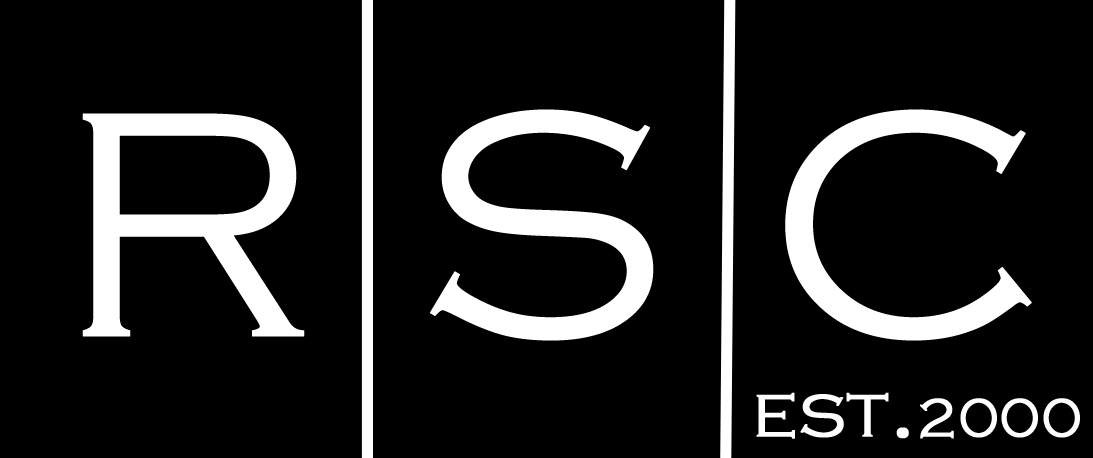D photorealistic renderings play a significant role in the office furniture industry in various ways, helping dealers, designers, and customers visualize, design, and market office furniture product effectively and efficiently. RSC, LLC has seen a very high demand over the years for this particular type of content. Here are some key applications in which renderings are used:
- Product Design and Development: Designers and engineers use 3D renderings to create virtual prototypes of office furniture. This allows them to experiment with different designs, materials, and configurations before committing to physical prototypes. It speeds up the design process and helps in identifying potential issues early on
- Marketing and Advertising: Manufacturers use photorealistic renderings in marketing materials, such as brochures, websites, and catalogs. These high-quality images showcase furniture products in their best light, making them more appealing to potential customers. Renderings can depict various color options, finishes, and settings, allowing customers to see how the furniture will look in different office environments.
- Customization: In the office furniture industry, customization is often a key selling point. 3D renderings enable customers to visualize and personalize furniture pieces by choosing different materials, colors, and configurations. This helps customers make informed decisions and creates a sense of ownership in the design process.
- Virtual Showroom: In the office furniture industry, customization is often a key selling point. 3D renderings enable customers to visualize and personalize furniture pieces by choosing different materials, colors, and configurations. This helps customers make informed decisions and creates a sense of ownership in.
- Cost Reduction: Creating physical prototypes can be expensive and time-consuming. By relying on 3D renderings, manufacturers can reduce the need for physical prototyping, saving both time and money in the product development phase.
- Collaboration: Designers, dealers, manufacturers, and clients can collaborate more effectively using 3D renderings. They can share and review design concepts and changes digitally, regardless of geographical location. This streamlines the communication process and ensures that everyone involved has a clear
- Space Planning: Architects, interior designers, and space planners use 3D renderings to plan office layouts and furniture arrangements. These renderings provide a realistic representation of how furniture will fit within a space, helping to optimize functionality and aesthetics.
- Sustainability and Material Selection: 3D renderings can illustrate how different materials and finishes will look on furniture pieces. This aids in the selection of eco-friendly and sustainable materials, as well as in communicating sustainability efforts to customers.
In summary, 3D photorealistic renderings are a versatile tool in the office furniture industry, enhancing various aspects of the product development and marketing process. They help stakeholders visualize designs, customize products, market effectively, reduce costs, collaborate efficiently, and make informed decisions, ultimately improving the overall customer experience. Contact RSC, LLC today to learn more about our rendering services.
